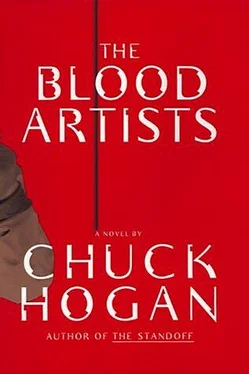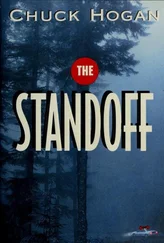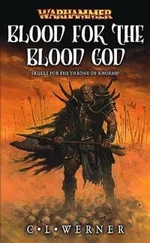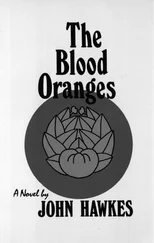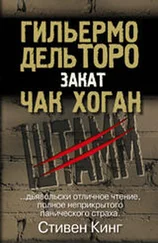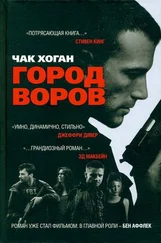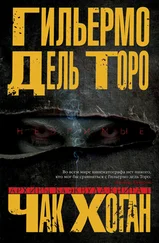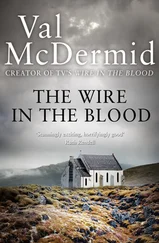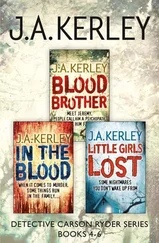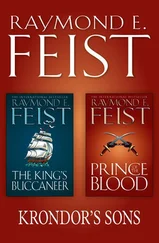“Buboes,” Peter translated, fancying the antiquated term.
“Can’t be.”
“The symptoms match. But no request for assistance. Or investigation.”
“He’s just uncertain,” I said. “As well he should be.”
But Peter was pulling on a fresh pair of gloves and already heading for the door. I followed him out, across to adjoining Building Six via one of the outdoor wire encased catwalks linking each building of the CDC. The center was understaffed that week due to the year-end holidays, and our shoe heels scuffed loudly along the well-worn tile steps to the first floor.
Room 161 in Building Six was, considering its duties, an office of modest size. The three desks inside, and the computers they supported, made up a virtual clearinghouse for rare drug and inoculation requests received from around the world. It was in Room 161 in the early 1980s that a CDC doctor first noted a surge in requests for pentamidine, a drug used to treat a rare pneumonia, from physicians in the Los Angeles and San Francisco areas perplexed by an unusual wasting disease afflicting several young, male, homosexual patients.
The door was open. Dr. Carla Smethy stood in relief as I entered. “Stephen,” she said, surprised. “I was beginning to think there was no one here at all.”
Carla Smethy was in her mid-thirties, black-haired, round-cheeked, and smart. She nudged a curl off her forehead. The Christmas carols jingling out of her desktop computer were an unsuccessful attempt to alleviate the gloom of the rare drug request office.
Peter entered behind me, and Dr. Smethy’s smile flickered. In fact, she took one small step back.
“What do you make of it?” I said.
She shook her head. “A first for me. You’re the bug experts.” She looked to me in an interested way. “How did you get stuck working the holiday?”
Peter sat at her computer. “May I?” he said.
She appeared startled. “Yes — sure.”
He ran his gloved hands over the keyboard, first switching off the tinny carols. I kept one eye on the monitor.
“We wanted some lab time,” I said in answer to her question. “Thought it would be nice and quiet around here.”
She plucked a piece of paper off her desk and showed it to me. “Seen this?”
It was a proof of the cover of Morbidity and Mortality Weekly Report, the centers’ weekly periodical, featuring the new letterhead logo and initials “BDC.” Following public outcry in the wake of emerging and reemerging diseases worldwide, an act of Congress had redrawn the CDc’s policy mandates and enhanced its federal powers. As of January 1, 2011, the preeminent health agency in the United States and the world leader in disease prevention would be rechristened the Bureau for Disease Control.
“The end of an era,” she said.
Peter had brought up the complete bulletin on the monitor. Delivery of the smallpox vaccine was requested by airdrop west of the city of Dongou on the Ubangi River. A relay trace sourced the sender’s tablet coordinates to a location just a row degrees above the central African equator. Peter pulled up a grid map. The coordinates cross-haired into northern Congo, stopping there and pulsing faintly. The bulletin had been dispatched from deep within the rain forests south of the Sangha Wildlife Reserve, west of the Bumba Zone.
“The Congo,” Peter said, his strange voice leavened with something like romance. He had worked a year in Dares Salaam, the port capital of Tanzania, while I had elected to spend my foreign field residency in Calcutta, in a floating pediatrics hospital on the Hooghly River. Acquaintances since our third year at Yale, roommates in med school at Johns Hopkins and rivals in our virology class at Emory, we were now colleagues and research partners at the CDC; it was the only period of time during the preceding decade in which we had worked apart.
“Must be a mistake,” she said, looking at the screen. “The wrong request class, it has to be.”
I said, “Do we have any variola vaccine in stock?”
“We do, actually. But only because first-year vaccinologists cook it up as part of their training. Otherwise, who cares?”
“But why no medical support?” Peter turned in the chair. He trained his silvery eyes on her. “A call for variola vaccine, but no support?”
She looked stunned. “There’s blood on your shirt,” she said.
I tried to intervene. “It’s all right—”
“It’s mine,” Peter said. He examined the florid stain.
Peter Maryk was different, innately different, apart from his imposing physical presence. People sensed this. Conversations trailed off when he approached. Rooms changed whenever he entered them. Some people even claimed they could feel him walking behind them in the halls. He was in many ways an irregular human being, which at one time had been a source of great consternation for him. I was the politician of the two, and had taken on the role of social intermediary for him since college, explaining him to some, defending him to others, even apologizing to a few. But every attempt to introduce him into the broader culture of the CDC had failed. Increasingly he seemed uninterested in fitting in anywhere.
Dr. Smethy looked again to me. “What do you think, Stephen?”
I looked at the monitor screen. Laboratory space at the CDC was at a premium, and I had been looking forward to Christmas time and the changeover as an opportunity to push ahead on our PeaMar research without interruption.
“We have the lab free and clear for an entire week,” I said.
It was part of the alchemy of our relationship that I would temper Peter’s morbid enthusiasm. Peter had often questioned smallpox’s untimely fate, distrustful as he was of most of mankind’s triumphs, a distrust that now included our PeaMar research. My reluctance here — as there was no question that the distress call required further investigation — was simply an attempt to leverage his renewed participation in the project upon our return.
“Worst case,” I said, “it’s an orphan,” a virus whose symptoms resemble another, more prevalent disease.
“Even so,” Peter said, “there’s a very sick little girl out there.”
I was stunned. The abject insincerity of his words, known only to me, was shocking. Peter’s interest lay exclusively in hunting viruses, and to that end healing people was something of a by-product, the perfume that sweetened and further profited the whale kill. These clumsy words of concern were meant to manipulate me. This was the branch height to which our relationship had evolved.
“How badly do you want this to be smallpox?” I said.
He paged through airline schedules and clicked on a red-eye to Paris. “Our flight leaves in three hours.”
In the mid-1760s, a young apprentice surgeon named Edward Jenner was examining a milkmaid suffering from cowpox, an occupational febrile illness characterized by nausea and painful pustular sores on the forearms, when the milkmaid proclaimed that, according to lore, she was now no longer at risk for the dread smallpox. Intrigued, Jenner pursued the milkmaid’s agrarian remedy, and on May 14, 1796, came to perform mankind’s first vaccination, lancing a sore on the wrist of a milkmaid named Sarah Nelmes and subsequently scratching the arm of eight-year-old James Phipps with the same instrument. The mild case of cowpox this produced in Phipps successfully rendered him immune to future smallpox exposures.
But smallpox continued its wrath, killing sixty million people that century, disfiguring and blinding many millions more. Into the 1950s, the scourge still claimed more than two million deaths each year, a testament to the extraordinary virulence of the microbe, which was transmitted by respiration as well as casual contact. Inspired by the virus’s seeming preference for young children and the availability of a secure vaccine, an ambitious multinational campaign to eradicate smallpox was launched in 1967. In September 1976, a three-year-old Bangladeshi girl named Rahima Banu was cured of the last naturally occurring case of variola major, the more severe strain. A twenty-three-year-old Somalian cook, All Maow MaaIin, cast off the final case of variola minor on October 26, 1977.
Читать дальше
